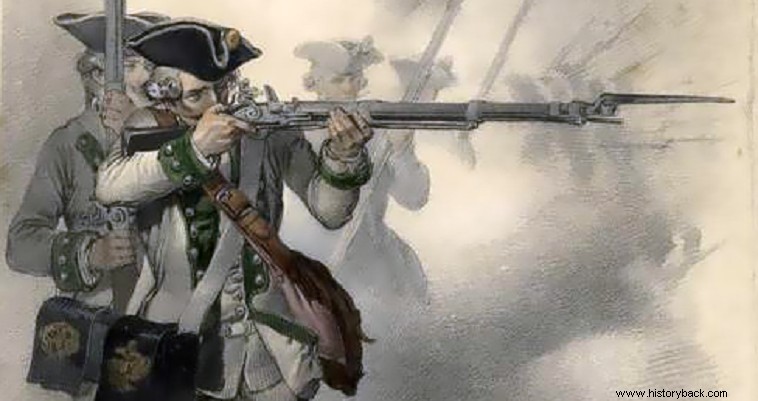
In 1743 the War of the Austrian Succession was in its third year. The conflicts raged from one end to the other in Europe, but also in America and Asia, in a war that was not unjustly characterized by many as the First World War.
Italy was another front of this war where Spaniards, Neapolitans and French fought alongside the Austrians and the kingdom of Piedmont. A mixed army of Spaniards and Neapolitans, under the Walloon general Comte de Gages he had advanced as far north as the Panaro River at Modena.
This army numbered 11,400 infantry, 2,600 cavalry and 12 guns. De Gagas was under particular pressure from Madrid for immediate results. Although the powers he possessed could not be described as impressive, however the opponents he had to face were also not significant. But there was one difference, they were run by an extremely cool man...
Under pressure the Spanish general invaded the hostile duchy of Modena seeking a decisive clash with the allied Austrian-Piedmontese force commanded by Marshal von Traun and had a force of 9,000 infantry, 3,000 cavalry and 25 guns.
The opposing forces
The two minor rivals faced each other in the small village of Campo Santo, 20 km southeast of Modena. de Gages ordered his forces as follows:
At the far right were the elite cavalry regiments of the Carabinieri and the Basilissa Cuirassiers (3 islands each). On their left was the brigade of the Royal Spanish Guard (six battalions). Three infantry regiments (Castile, Flanders, Lombardy) were lined up in the center, each with two battalions. To their left was the Walloon Guard regiment (6 battalions), having at their side in the regiment of Dragoons Saguda with three islands.
Behind these forces, in a second line, lined up from right to left the Regiment of Dragoons of Vasilissa (3 islands), three regiments of infantry (the Royal, the Guadalajara, the Crown), the Irish Brigade (two regiments – four battalions – of Irish mercenaries, the famous “Wild Geese” ), four other battalions of the Parma Brigade, a corps of hussars, an Italian and an "Albanian" corps of the Kingdom of Naples.
On the other side, von Traun had a hussar division under his direct command, the Schulenberg Brigade (5 battalions, 6 light guns), the Palavicini Brigade (two battalions of the famous Deutschmeister regiment , three battalions of the von Traun regiment and two light guns), the Aspremont Brigade (4 Piedmontese battalions, 10 guns), the Piersberg Brigade (6 Austrian cuirassiers, 2 Piedmontese cuirassiers, 300 hussars).
In the second line he had arranged six Austrian and four Piedmontese battalions, six companies of Dragoons and cavalry, four companies and a few companies of Slavonic mountain guards, together with four guns.
The battle
On the morning of February 8, 1743 de Gages ordered his forces conventionally with infantry in the center and cavalry on the wings. Traun also ordered his forces in the same way but not directly opposite the enemy, but to his left so that the Austrian center was opposite the Spanish right.
Through this, Thrawn wanted, although his force was numerically inferior, to gain local numerical superiority and crush the Spanish right where the most elite enemy divisions were stationed. Of course, at the same time the Spanish center and the left could overwhelm his own exposed side and crush him. But Thrawn believed that his men there would hold off the stronger enemy for as long as it took for him to crush the enemy's right, much like Alexander the Great did at Gaugamela.
De Gages attacked first and at first appeared to be succeeding. His cavalry temporarily prevailed over the enemy, injuring the Piedmontese general Aspremont. But Thrawn did not flinch. After stabilizing his left flank, he spearheaded his excellent infantry. At the same time his cavalry reorganized and counterattacked the Spanish horsemen and drove them back.
Gradually the Spanish right wing disorganized and de Gages was forced to order a retreat . The constitution of Guadalajara surrendered in its entirety. The battle was interrupted by night. The Spanish, defeated, retreated back across the Panaro River towards Bologna. The defeated Spaniards lost a total of about 4,000 men (1,755 dead). The victors suffered fewer than 1,500 casualties (397 killed). Thrawn, the pioneer of victory, twice saw his horse killed by enemy fire, always in the thick of battle.
The "winner"
Despite the defeat and retreat, de Gages did not hesitate to send a message to Madrid about the "great victory" he had achieved. The "success" was celebrated throughout Spain and de Gages was honored by royalty until the truth was learned... But again, for the sake of the prestige of the Spanish army and the throne, de Gages was not punished as he deserved.
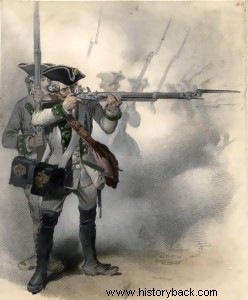
Austrian riflemen.
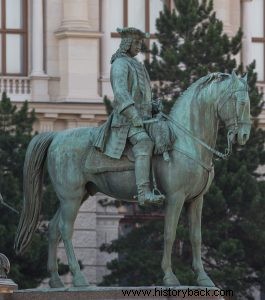
Marshal von Traun.
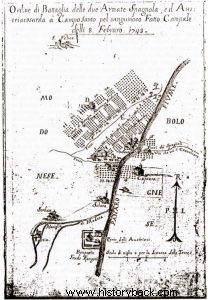
Era diagram of the Battle of Cabo Santo.
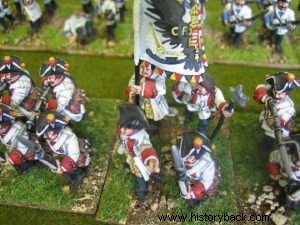
Austrian infantry. Representation with miniatures.
